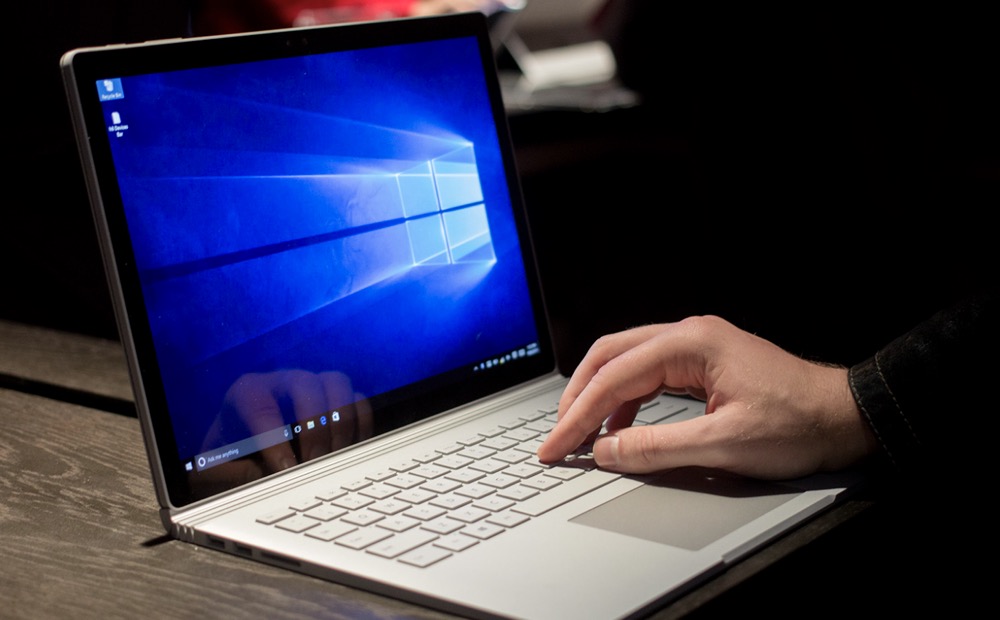This minHour teaches you how to change a Windows process' priority in the Task Manager program. Changing a process' priority determines how much of your computer's memory space and resources are devoted to that process.
Steps
Open Start.
Click the Windows logo in the bottom-left corner of the screen.
Type in task manager.
Doing so will search your computer for the Task Manager app.
Click Task Manager.
It’s the computer monitor-shaped icon at the top of the Start window. Clicking it prompts Task Manager to open.
- You can also open Task Manager by pressing at the same time.
Click the Details tab.
This option is at the top of the Task Manager window, though it may not appear for a few seconds the Task Manager startup.
Find a process.
On the tab, scroll down until you find the process for which you want to change the priority.
- If you want to find the process for a currently running program, click the Processes tab, find the program for which you want to change the priority, right-click the program, and click Go to details in the drop-down menu.
Right-click your selected process.
A drop-down menu will appear on top of the process.
- If you came here from the Processes tab, your process should be highlighted.
- If your mouse doesn’t have a right-click button, click the right side of the mouse, or use two fingers to click the mouse.
- If your computer uses a trackpad instead of a mouse, use two fingers to tap the trackpad or press the bottom-right side of the trackpad.
Select Set priority.
It’s in the middle of the drop-down menu. Selecting it will cause a pop-out menu to appear.
Select a priority level.
Click one of the following options, from fastest to slowest:
- Realtime – Highest priority.
- High
- Above normal
- Normal
- Below normal
- Low – Lowest priority.
Click Change Priority when prompted.
Doing so will confirm your decision and change the selected process’ priority.
- Keep in mind that changing a system priority can cause your computer to freeze or crash.
Close Task Manager.
Click the in the top-right corner of the Task Manager window.
Tips
- When a program freezes, you can use the Task Manager to force-close it. To do so, select the program in the Processes tab of the Task Manager, then click End Task in the bottom-right corner.
Warnings
- “Realtime” means this process has exclusive rights to the system resources above all else, including normal window processes. This means that of all the priority options, “Realtime” is the most likely to make your computer crash.
- On slower computers and with some high memory usage programs, changing process priorities may crash your computer.
